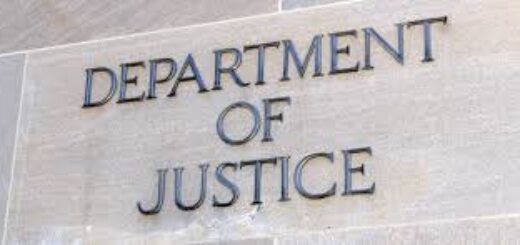The Two Essential Requirements for Tone-At-The-Top
 Everyone likes to give advice on the importance of tone-at-the-top. Like many things in life, it is easy to talk about but much more difficult to implement.
Everyone likes to give advice on the importance of tone-at-the-top. Like many things in life, it is easy to talk about but much more difficult to implement.
There are lots of ways to describe or analyze the same issue. In the end the result has to be reached.
To boil it down, tone-at-the-top requires leadership. That is pretty obvious. But, what kind of leadership? This is where the rubber meets the road. I am not one to stubbornly adhere to my recommended solution, but in this area, there are certain requirements that have to be met and there is not much wiggle room.
I would boil the issue down to two fundamental requirements.
Requirement Number 1 – The CEO has to own the compliance issue. By this I mean, the CEO has to believe in the issue of ethics and compliance.
If the CEO cannot stand up and speak extemporaneously about the importance of ethics and compliance to the company and his or her leadership team, then the CEO does not own the issue. If the CEO has to be spoon-fed talking points, or scripts for what to say and how to say it when it comes to compliance, the CEO does not own the issue.
On the other hand, if the CEO regularly attends company meetings and speaks about the importance of ethics and compliance to him or herself and to the company, the CEO owns the issue. A CEO who knows the issue, regularly speaks about it, and communicates his or her commitment to ethics and compliance, is a CEO who will ensure that the ethics and compliance message is heard and followed.
Even better, a CEO who carries the company’s code of conduct, knows the code of conduct, and can cite the importance of specific elements of the code of conduct is committed to the ethics and compliance program and will create a real and sustainable tone-at-the-top.
Requirement Number 2 – A Senior Leadership Team that is held accountable on the ethics and compliance issue and reinforces the CEO’s message. The CEO’s SLT has to have defined ethics and compliance responsibilities as part of each SLT member’s performance evaluation. Each SLT member has to know what he or she is obligated to accomplish during the year, and must be held accountable by the CEO to the performance standard.
The SLT has an important role as the CEO’s emissary to spread the word on the importance of ethics and compliance. If the SLTs are not held accountable or not given specific assignments and obligations, the SLTs will never be effective emissaries. The credibility of the SLT depends on performance and accountability. In the absence of real and defined obligations and responsibilities, the SLTs are, by definition, unable to carry out their mission.
I am not trying to be overly simplistic but creating and spreading a tone-at-the-top requires these basic requirements. A company’s CEO either is with it or is against it. If the CEO is committed to creating a culture of ethics and compliance, the CEO has to lead the SLT into spreading the message to be accountable for doing so (or not doing so).
Companies get into trouble by not facing these two simple truths (or as Stephen Colbert used to say “truthiness”). I have seen too many companies where the CEO falls short on the first requirement, and the CCO and SLT try to make up for it by  cheerleading the company’s culture. It is very easy to detect a cheerleading culture that lacks substantive commitment from the CEO and the SLT.
cheerleading the company’s culture. It is very easy to detect a cheerleading culture that lacks substantive commitment from the CEO and the SLT.
Contrary to many professionals in this area, I believe compliance is not as hard as everyone tries to portray it. Basic requirements have to be met, essential structures have to be design and implemented, and commitment and follow through have to be achieved.
Platitudes and cheerleading do not constitute ethics and compliance. Commitment, communications, accountability, and follow through from the CEO on down to the SLT is essential for any effective ethics and compliance program.
















Michael, you are right on target again!
To add to your first point, it is not enough to have leaders espouse and know compliance. They have to ACT ethically as well and model the behaviors they want others to follow. Tone at the top affects everyone in an organization. See more at: http://ethicalsystems.org/content/leadership